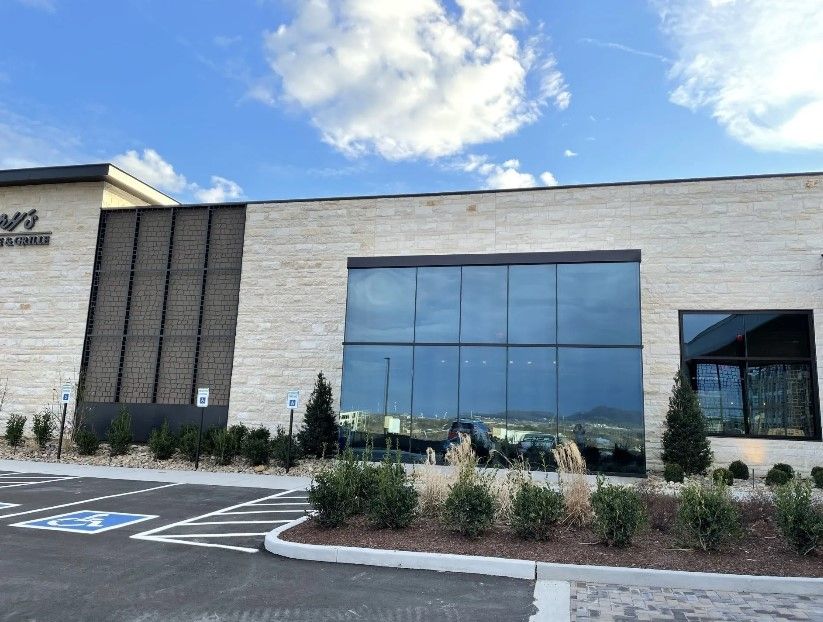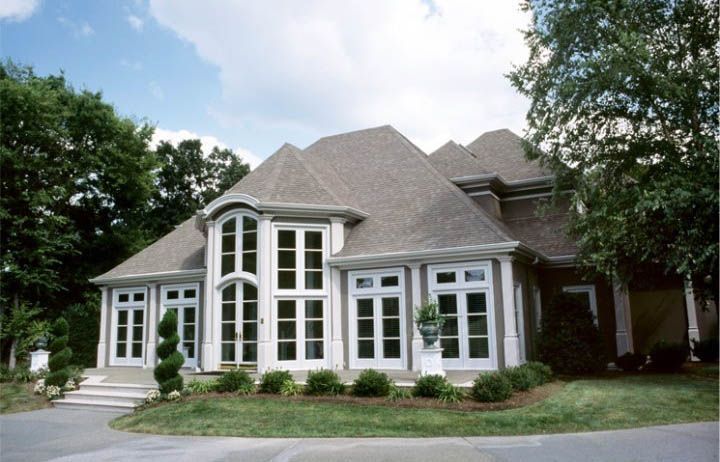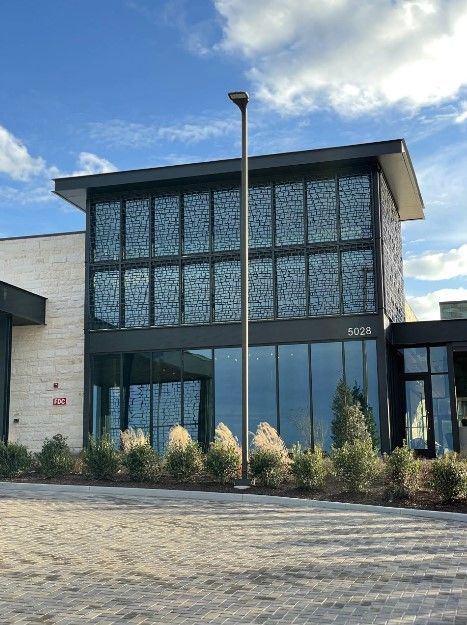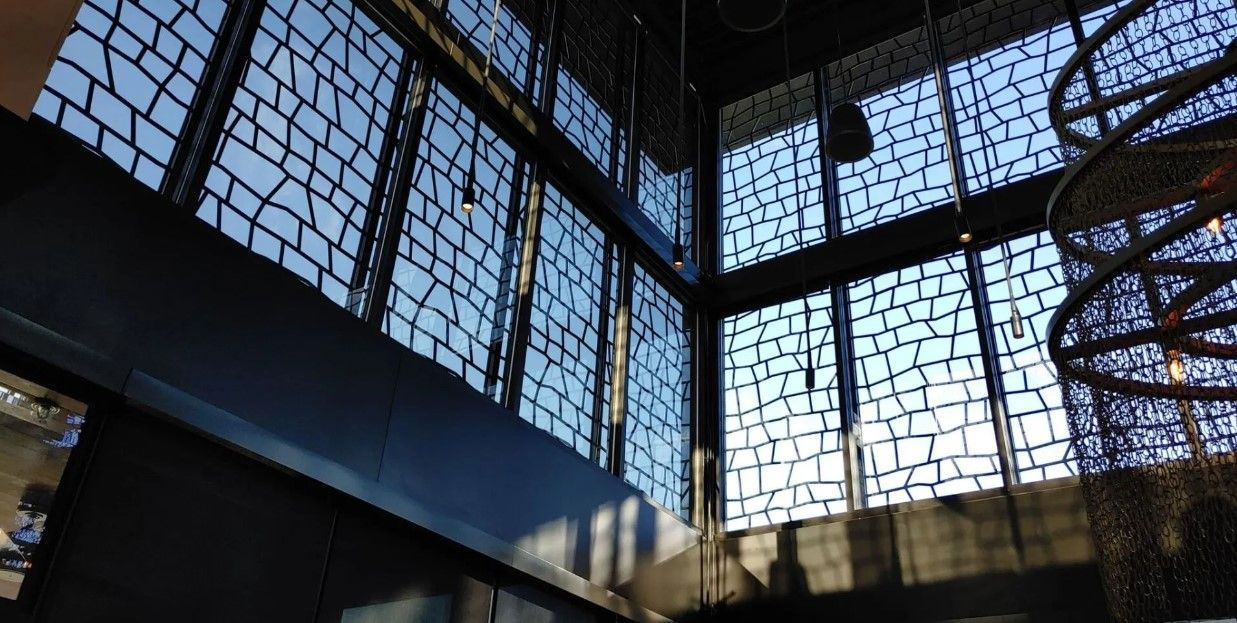What is the legal limit for automotive window tinting in TN?
Window tinting has been a point of contention between lawmakers and car owners for a long time and for a few reasons. The biggest frustration for car owners is the lacking consistency in state laws. Regulations are different in nearly every state, so while you might have a legal tinting level where you live, the same cannot be said across state lines. So, what can you do to ensure your car window film is both legal and installed properly to avoid costly fines?
What is the TN legal limit for automotive window film?
The first step in understanding Tennessee’s tinting laws is knowing how the state measures window tinting levels. A term you must know is Visible Light Transmission (VLT). What this term refers to is the percentage of light that windows will allow to pass into your vehicle. For example, a lower VLT means that less light can enter the car, and a greater VLT means more light can enter. So, while a 5% tint is a near-black tint and allows very little light in, a 70% tint allows 70% of light in. Such terminology is very important so you can understand the Nashville auto window tint limit and avoid substantial consequences. What make matters a little more complicated, however, is Tennessee has different tinting limits for passenger vehicles and multi-purpose vehicles.
Nashville auto window tint limit for passenger and multi-purpose vehicles
What’s the difference between a passenger vehicle and multi-purpose vehicle (MPV)? Basically, a passenger vehicle can hold up to ten occupants and is typically built just for road conditions, and an MPV can hold ten people or more. Included in the MPV category are RVs, SUVs, pickups, vans, camping vehicles, etc.
Created using information from https://iwfa.com & https://windowtintlaws.us/tennessee/ , the chart below specifies how tinting laws differ for these vehicle categories in TN.
| Passenger Vehicle | Multi-Purpose Vehicle | |
|---|---|---|
| Front Windshield | Non-reflective tint allowed above AS-1 line | Non-reflective tint allowed above AS-1 line |
| Front seat side windows | Max 35% combined VLT darkness allowed (glass and tint) | Max 35% combined VLT darkness allowed (glass and tint) |
| Back seat side windows | Max 35% combined VLT darkness allowed (glass and tint) | Any |
| Rear window | Max 35% combined VLT darkness allowed (glass and tint) | Any |
Such regulations need to be followed strictly since the consequences of a citation for improper vehicle window tint can be steep. On top of being pulled over and ticketed, you can be fined thousands of dollars and required to pay someone to remove the window film. Further, if you still want film on your car windows, you’ll need to pay material and installation costs once more. What a huge hassle!
To avoid such unnecessary costs, it is essential that you consult a professional who knows the ins and outs of automotive window tint safety, installation methods, and state law. This is where Solar Insulation Window Films can help. With our lead installer having over 27 years of experience installing car window film in the Nashville area, as well as a robust understanding of Nashville auto window tint limits, we are excited to facilitate your window tinting goals!
If you would like to learn more about Nashville auto window tint services and recommendations, call Solar Insulation Window Films at (615)329-2500. We look forward to providing the best window tint for your Nashville vehicle. Call Nashville’s expert tinting company for over 45 years. Experience matters.













